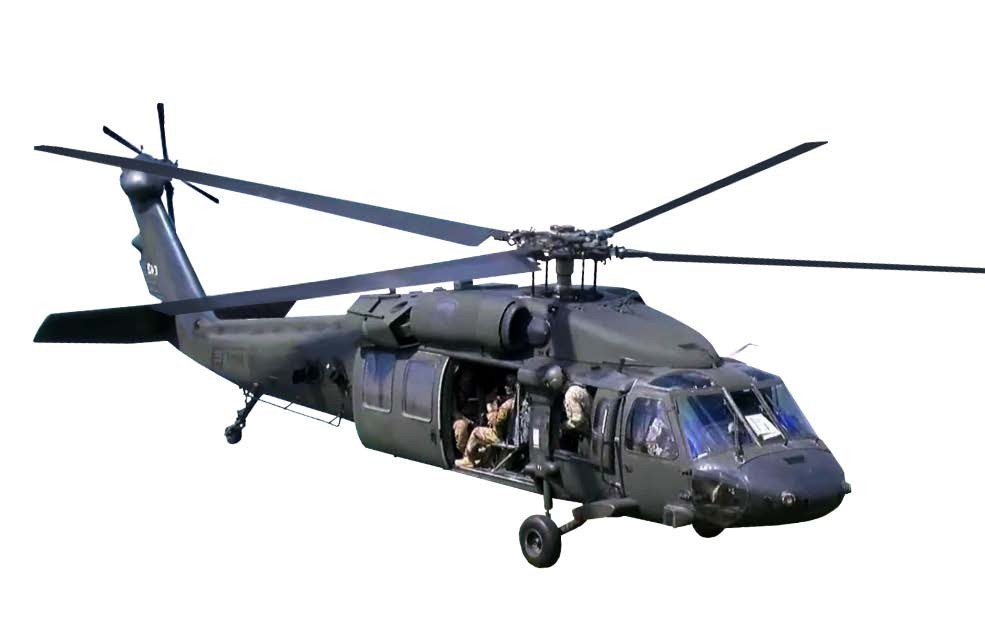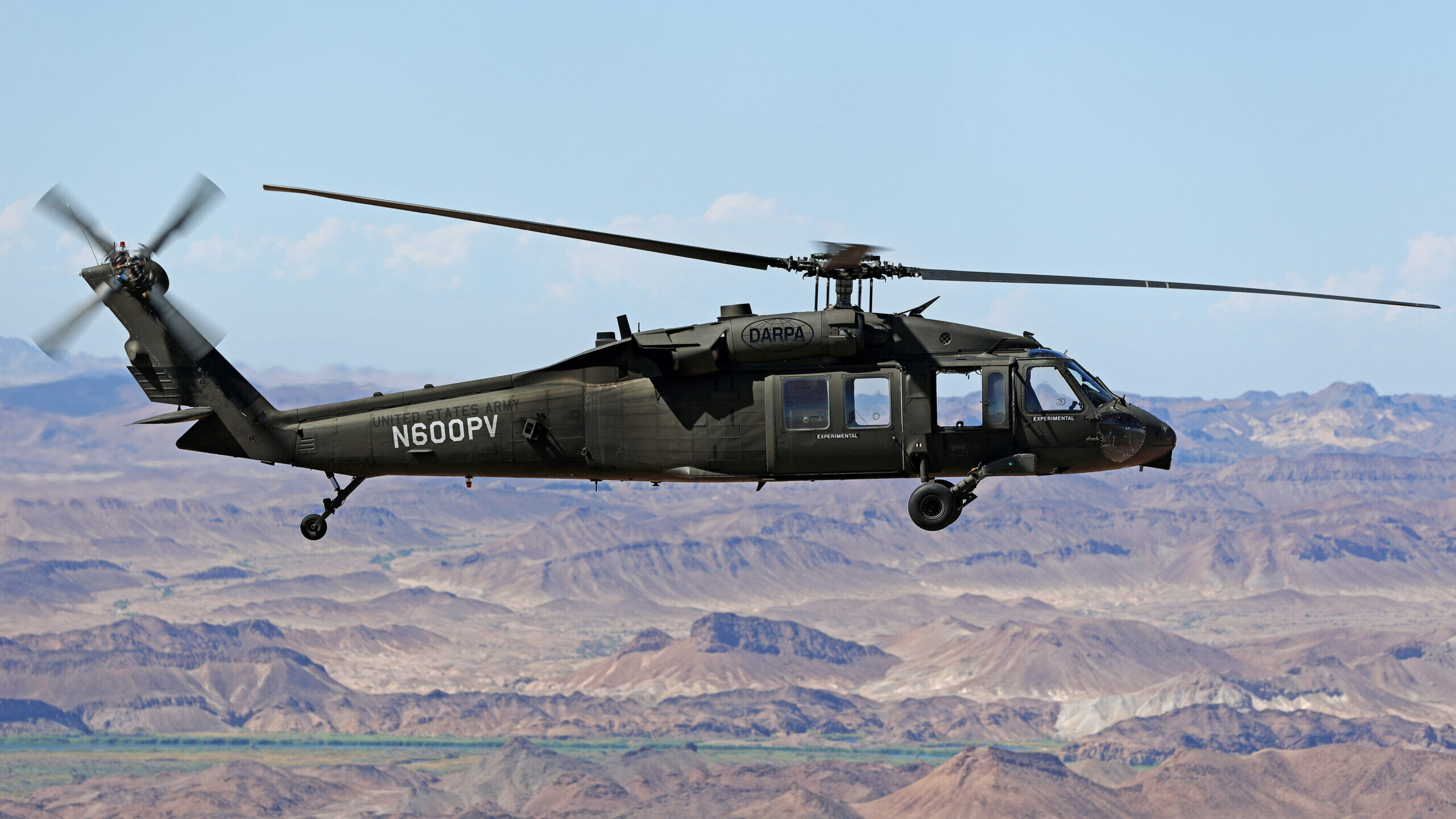Important Truths and Insights Concerning the UH-60 Helicopter
The UH-60 helicopter, a foundation of contemporary armed forces air travel, has developed substantially considering that its intro in 1979. Comprehending the complexities of the UH-60's role exposes a complicated narrative of innovation and adjustment that benefits even more expedition.
History of the UH-60
The UH-60 Black Hawk helicopter was developed in the late 1970s as part of the USA Army's effort to replace the older UH-1 Iroquois. The need for a more functional, resilient, and capable aircraft occurred from the lessons learned throughout the Vietnam War, where the limitations of the UH-1 emerged. In 1972, the Army started a program to acquire a new utility helicopter, culminating in an affordable layout stage that saw numerous producers submit proposals.
Sikorsky Aircraft was inevitably awarded the contract in 1976, and the first model of the Black Hawk flew in 1974. Its design concentrated on advanced technology, consisting of a four-blade blades system and a modular construction that permitted quick area maintenance and versatility to different goals. Officially entering service in 1979, the UH-60 quickly ended up being the foundation of Army air travel, serving in a wide variety of roles such as army transport, medevac, and logistical support.
For many years, the Black Hawk has undertaken different upgrades and modifications, solidifying its standing as a vital property in army procedures around the world (UH 60). Its robust performance remains to meet the evolving demands of contemporary war
Design and Attributes
Including advanced engineering principles, the UH-60 Black Hawk features a smooth, aerodynamic style that improves its performance and performance. This twin-engine energy helicopter is characterized by its unique silhouette, with a high-mounted, four-blade primary rotor system that supplies remarkable lift and security. The rotor blades are built from composite products, adding to their longevity and lowering upkeep requirements.
The fuselage is designed for optimal weight circulation and architectural honesty, enabling for a maximum gross weight of roughly 22,000 pounds. The cabin layout facilitates adaptable configurations, accommodating various missions, from army transportation to medevac operations. Additionally, the cockpit is outfitted with innovative avionics, consisting of digital screens and multi-functional systems that improve situational understanding.
The UH-60 additionally incorporates composite products in its airframe, which lower radar cross-section and boost survivability in hostile settings. Its retracting landing gear simplifies the aircraft's profile, additional adding to its wind resistant performance. In general, the thoughtful integration of style components and materials not just improves the Black Hawk's functional capabilities however likewise makes sure that it stays a vital property for objectives across diverse surfaces and problems.
Operational Abilities


The UH-60 is equipped with advanced avionics and navigating systems, facilitating procedures in difficult weather condition conditions and low presence circumstances. Its durable style enables it to execute in high-altitude and severe temperature problems, additionally extending its functional variety. The helicopter's twin-engine setup supplies redundancy and improved efficiency, making sure dependability during essential objectives.
Geared up with advanced interaction systems, the Black Hawk enhances situational recognition and sychronisation amongst armed forces units. In addition, its capability to perform airborne reconnaissance and support close air assistance objectives highlights its indispensable duty on Click This Link the field of battle. On the whole, the UH-60 Black Hawk's functional capabilities are a testimony to its significance in modern armed forces aviation, properly meeting the needs of a rapidly progressing functional landscape.

Modifications and versions
Numerous variations and adjustments of the UH-60 Black Hawk have been established to meet specific goal needs and improve its functional adaptability. The most noteworthy variant is the UH-60L, which presented updated engines, enhanced avionics, and enhanced freight capability. Additionally, the UH-60M alternative functions progressed electronic avionics, a much more effective engine, and enhanced survivability systems, making it ideal for a broader array of missions.
The HH-60G Lead Hawk is an additional specialized variation, designed for search and rescue procedures. It is furnished with advanced navigation systems, external gas storage tanks, and clinical emptying capabilities. In a similar way, the MH-60R Seahawk is optimized for anti-submarine warfare and maritime procedures, boasting innovative radar and sonar systems.
In addition, the armed variations, such as the AH-60, are changed for straight attack duties, featuring tool systems like rockets and device weapons. The UH-60's adaptability is further showcased in its capacity to be fitted with mission-specific equipment, consisting of cargo hooks for transport, army transportation interiors, and reconnaissance sensing units.
These variants and alterations highlight the Black Hawk's crucial role in modern-day military operations, showcasing its capacity to adapt to advancing mission needs.
Duty in Humanitarian Initiatives
The UH-60 Black Hawk has tipped up to play an important duty try this out in humanitarian efforts around the world, demonstrating its flexibility past army applications. This multi-mission helicopter is equipped to carry out a selection of goals, consisting of medical emptyings, calamity alleviation, and logistical support in challenging environments.
Throughout all-natural calamities, such as earthquakes and cyclones, the Black Hawk has verified vital for delivering alleviation supplies and workers to influenced locations. Its capacity to run in ascetic problems enables it to get to remote areas that might be unattainable by ground transport, making certain timely aid to those in need.
Additionally, the UH-60 is commonly made use of for medical discharge goals, promptly moving damaged people to clinical facilities. Its advanced clinical capacities, consisting of area for clinical personnel and equipment, enable life-saving interventions throughout critical circumstances.
In worldwide operations, the Black Hawk often collaborates with humanitarian link companies, showcasing its adaptability and integrity. By leveraging its capacities, the UH-60 not just supports military purposes however also plays a necessary function in saving lives and minimizing suffering throughout altruistic situations worldwide.
Verdict
The UH-60 helicopter has actually established itself as a crucial asset in military operations since its intro, defined by its robust style and flexible capacities. Its different setups accommodate a large range of goals, from troop transportation to medical evacuation. The UH-60's contributions expand past battle, playing a significant duty in humanitarian initiatives worldwide. The continuous evolution of this airplane underscores its value in modern air travel and its adaptability to fulfill varied functional demands.
The UH-60 Black Hawk helicopter was created in the late 1970s as part of the United States Army's effort to change the older UH-1 Iroquois.Incorporating sophisticated design concepts, the UH-60 Black Hawk includes a sleek, aerodynamic layout that enhances its performance and effectiveness.Maximized layout and advanced design permit the UH-60 Black Hawk to excel in a variety of operational roles. Generally, the UH-60 Black Hawk's functional capabilities are a testament to its importance in contemporary armed forces aeronautics, properly fulfilling the needs of a swiftly evolving functional landscape.
Different variations and alterations of the UH-60 Black Hawk have actually been established to meet particular goal requirements and improve its functional versatility.